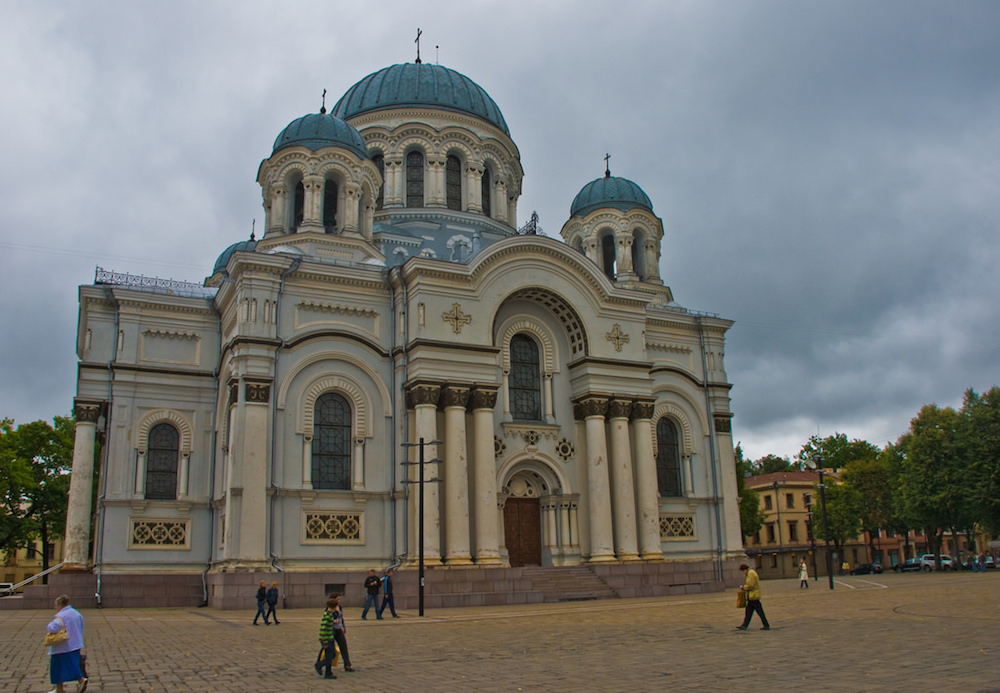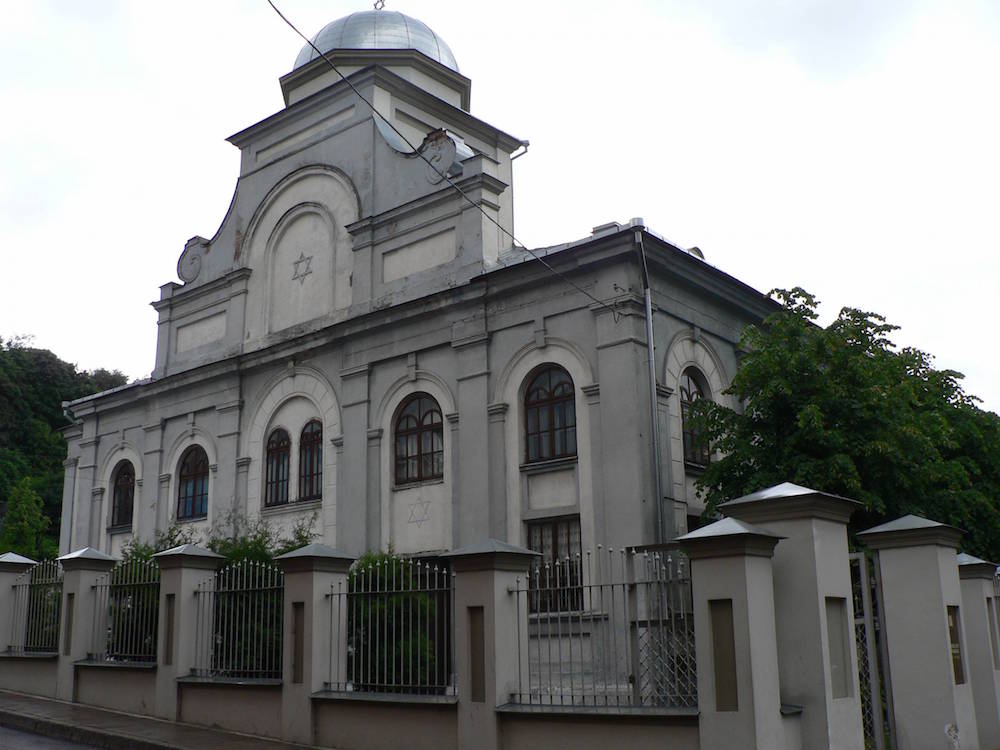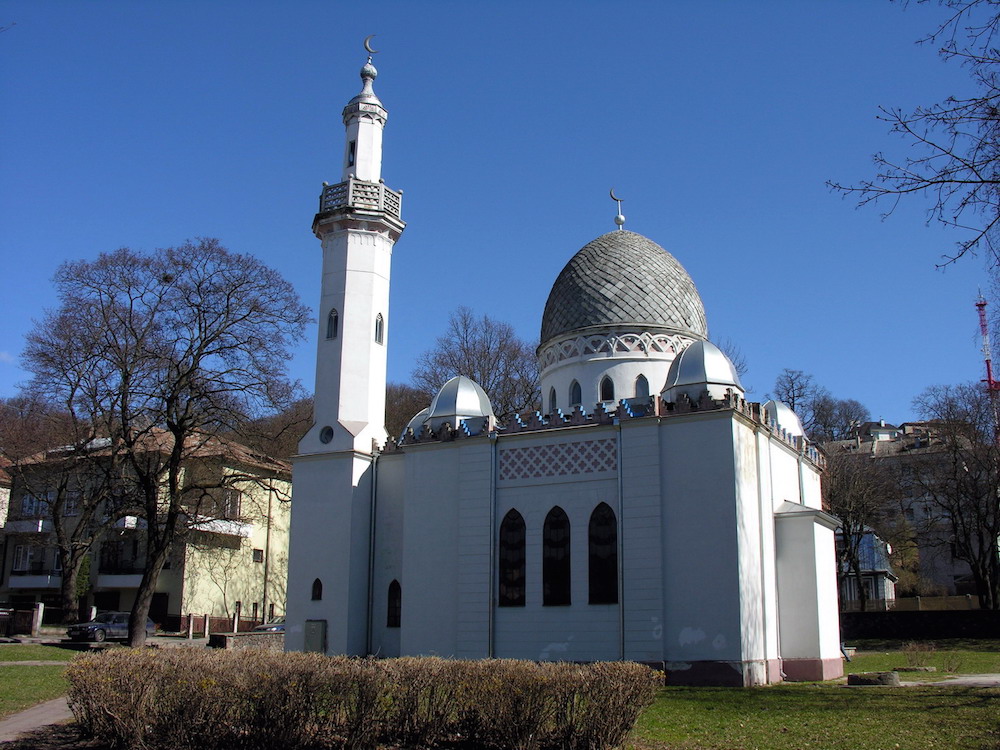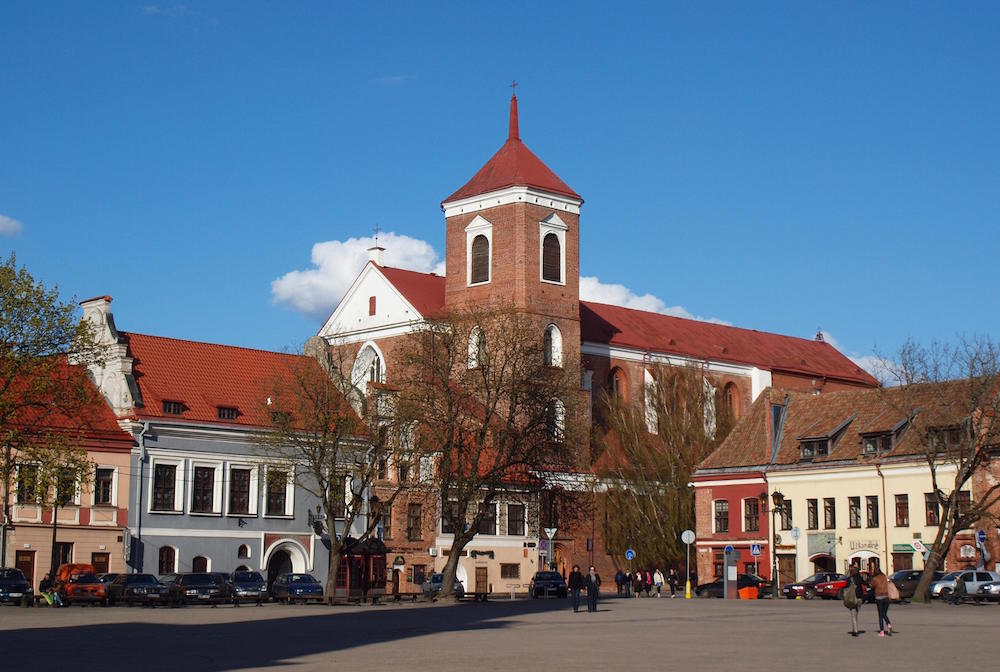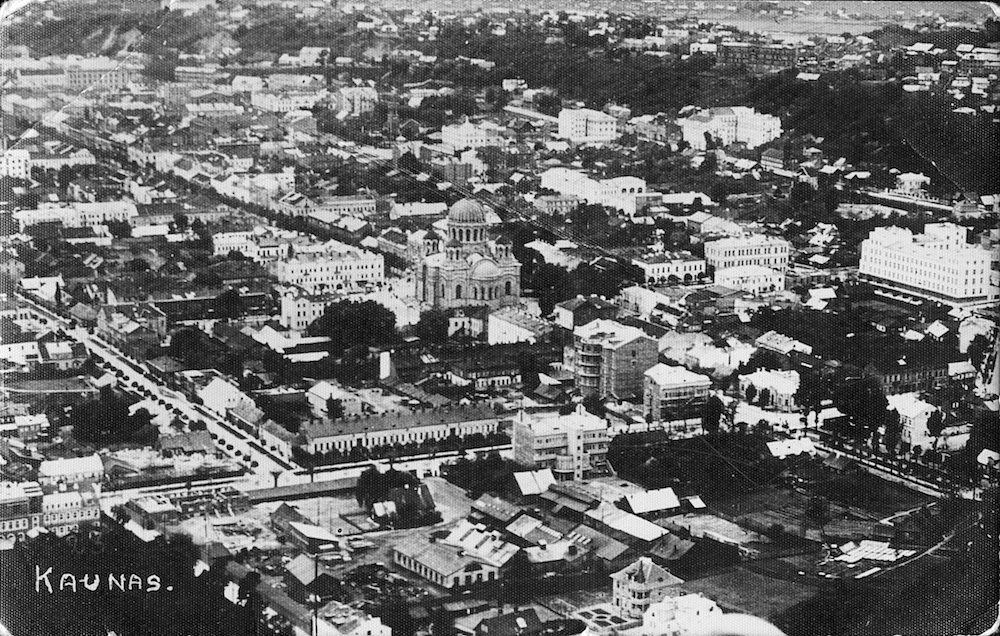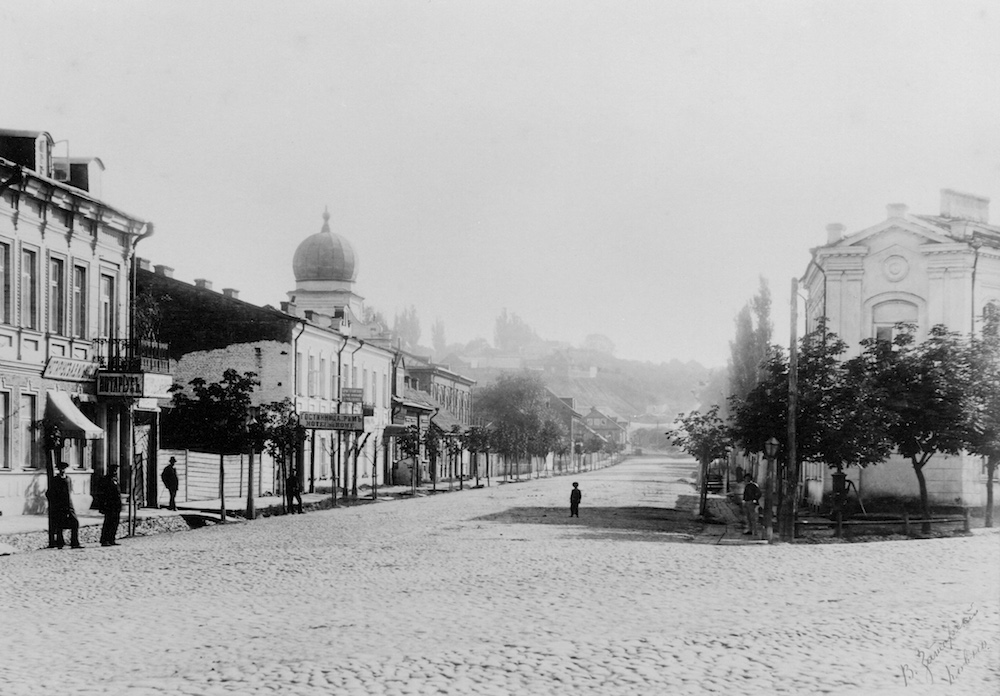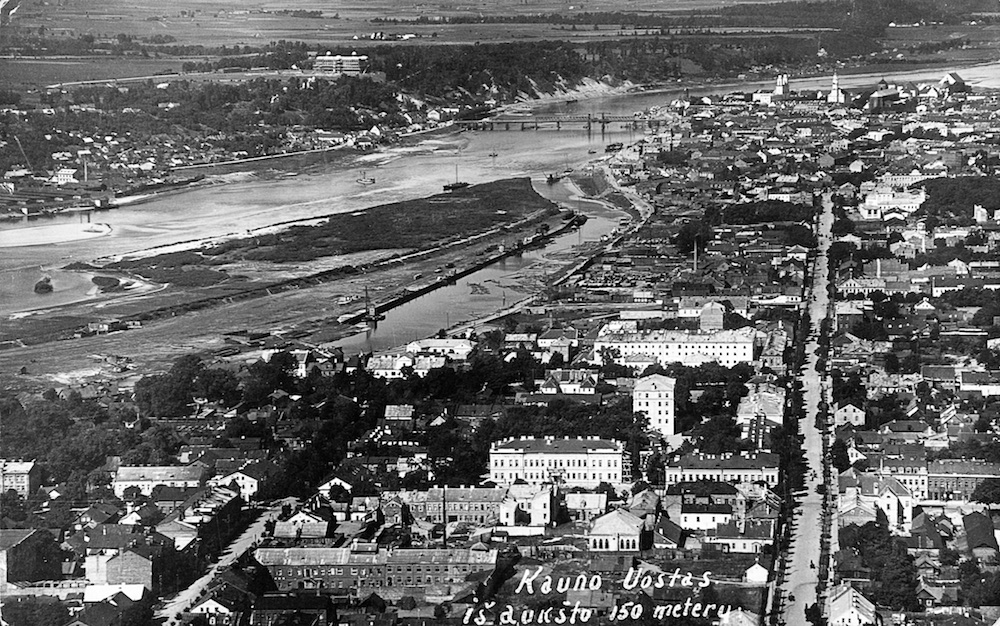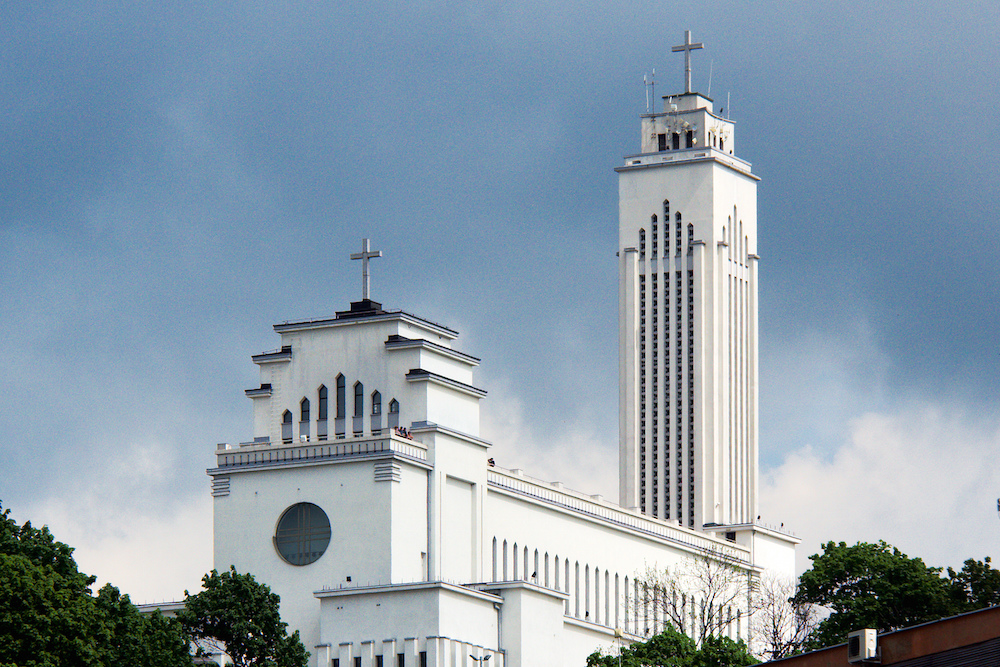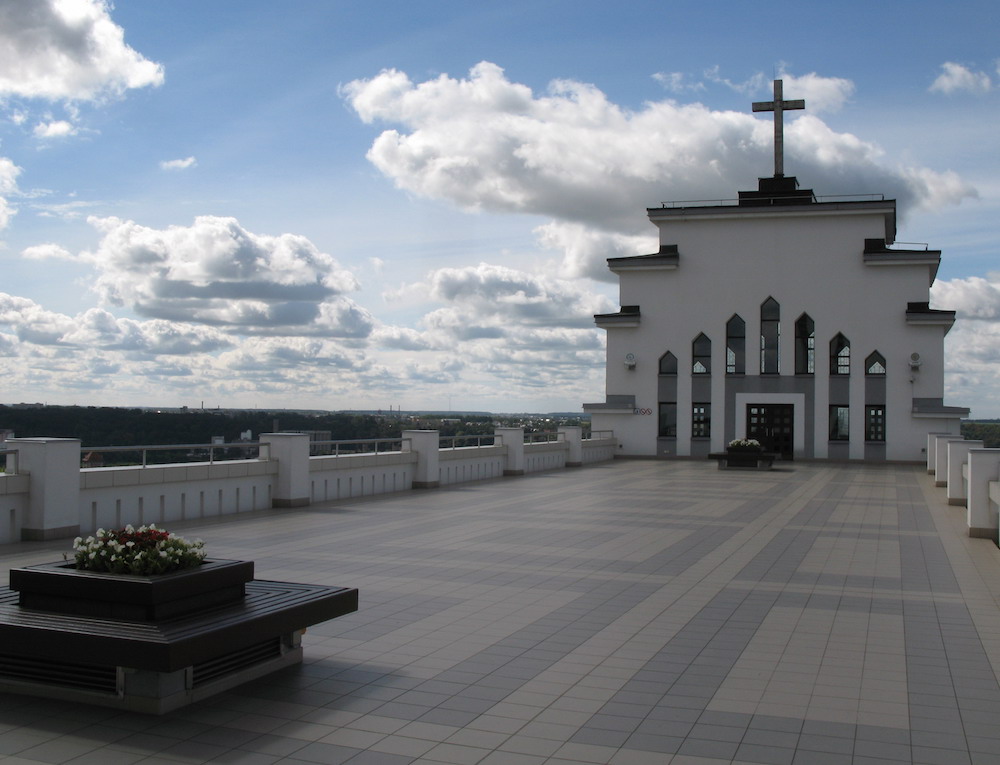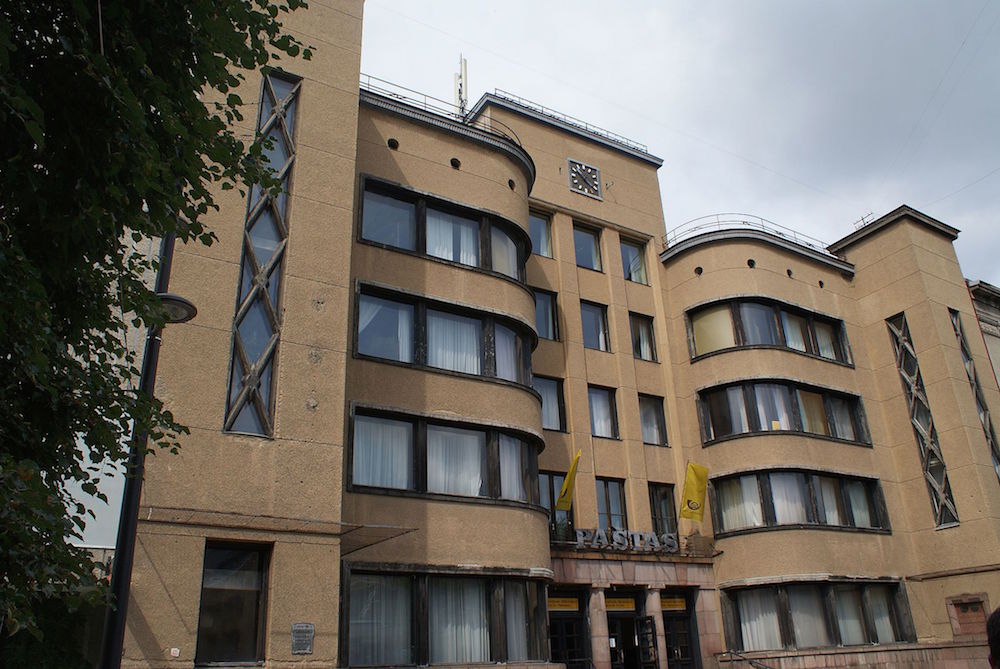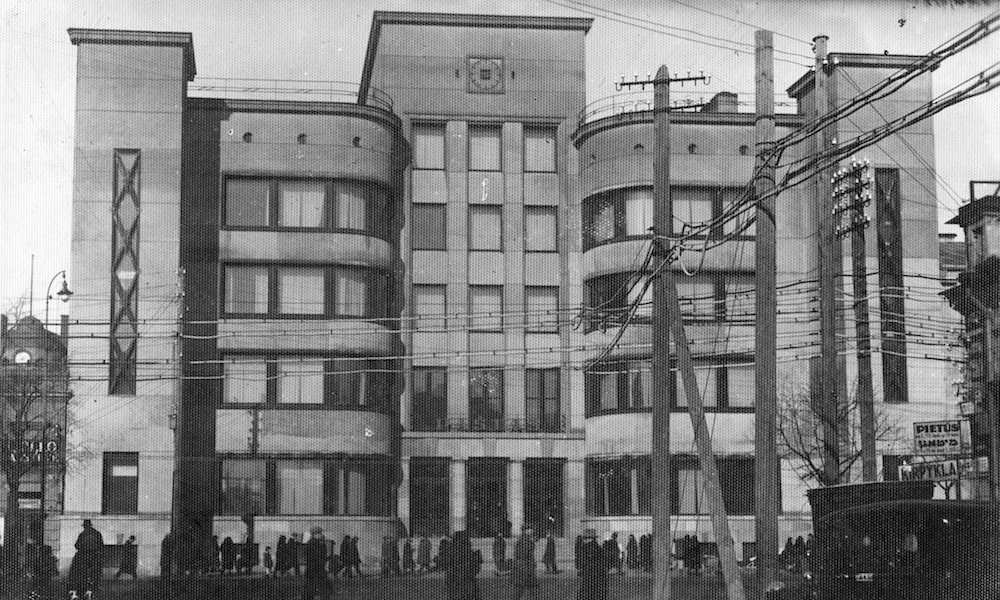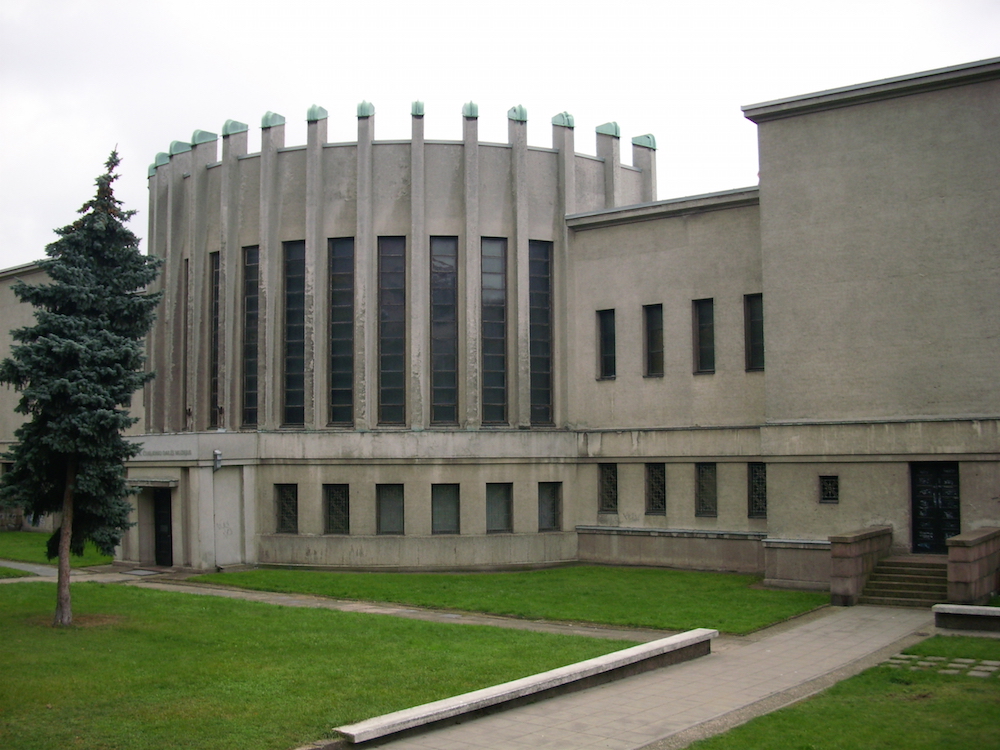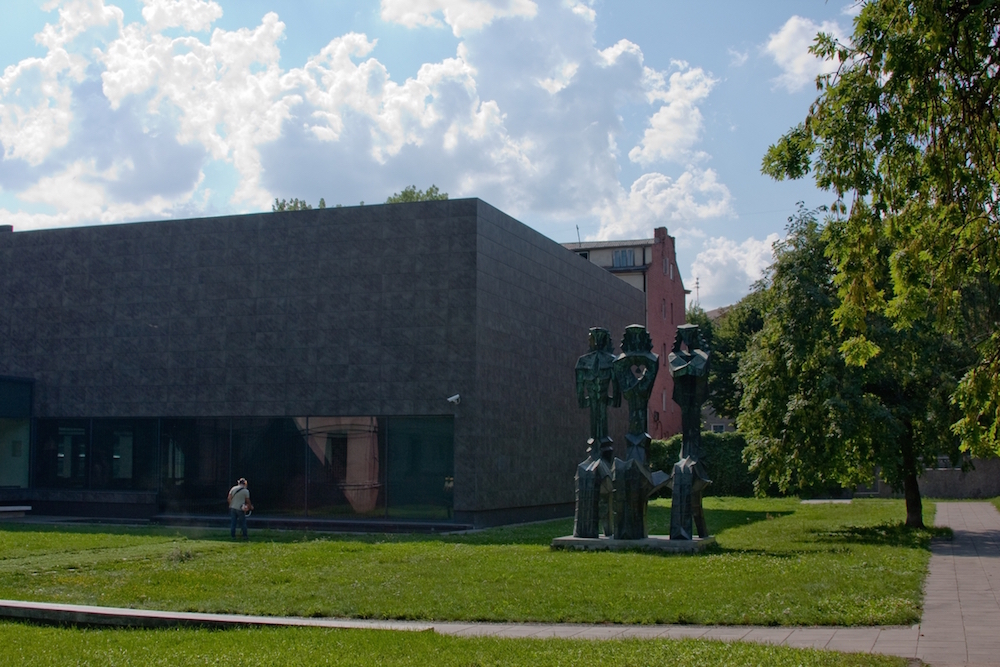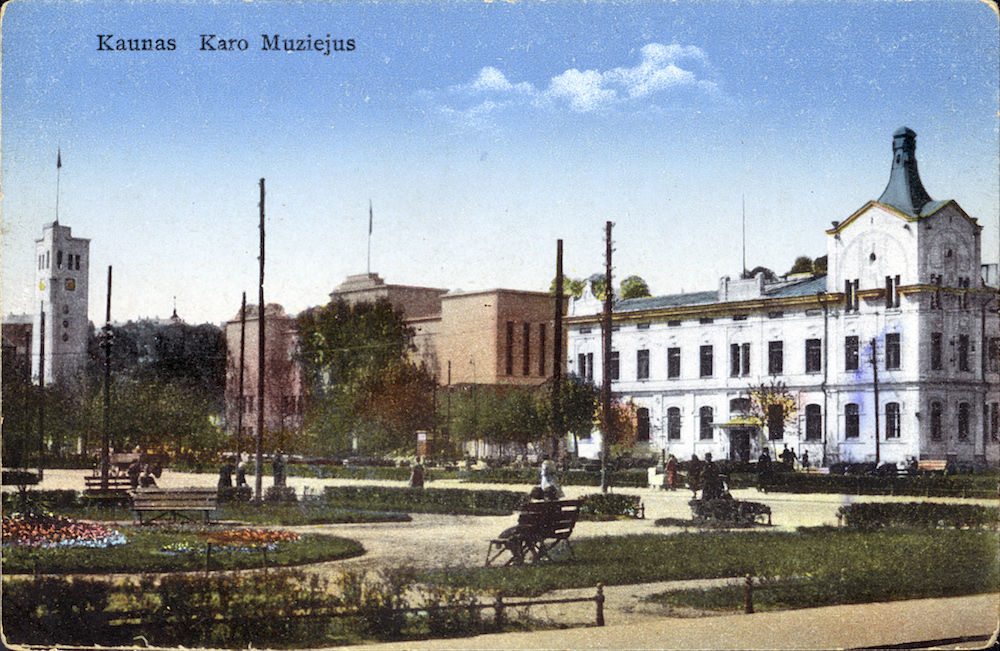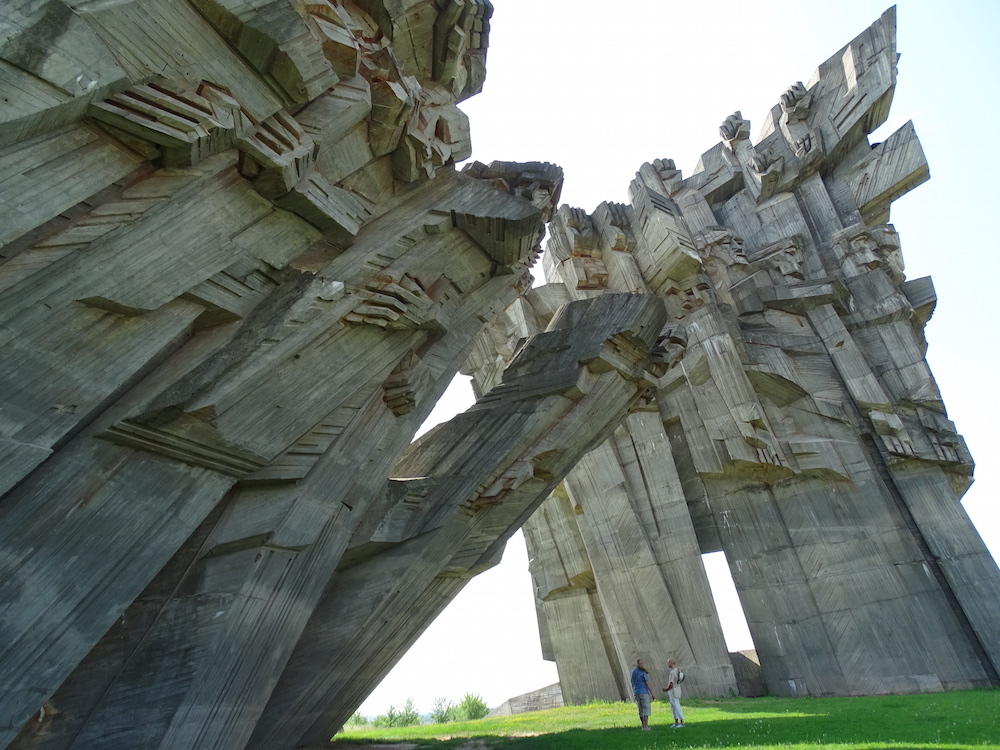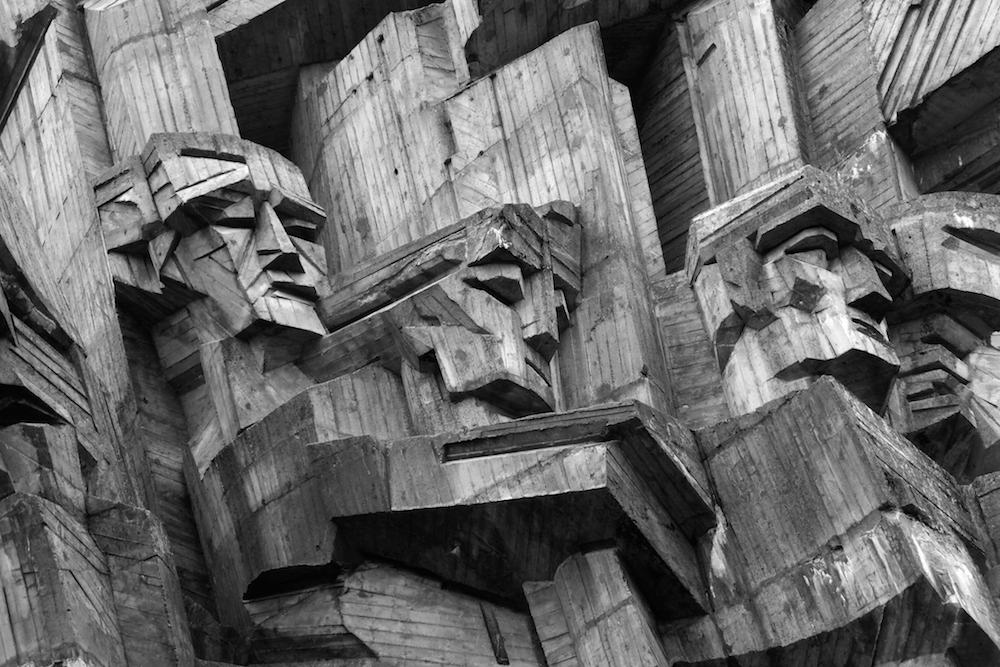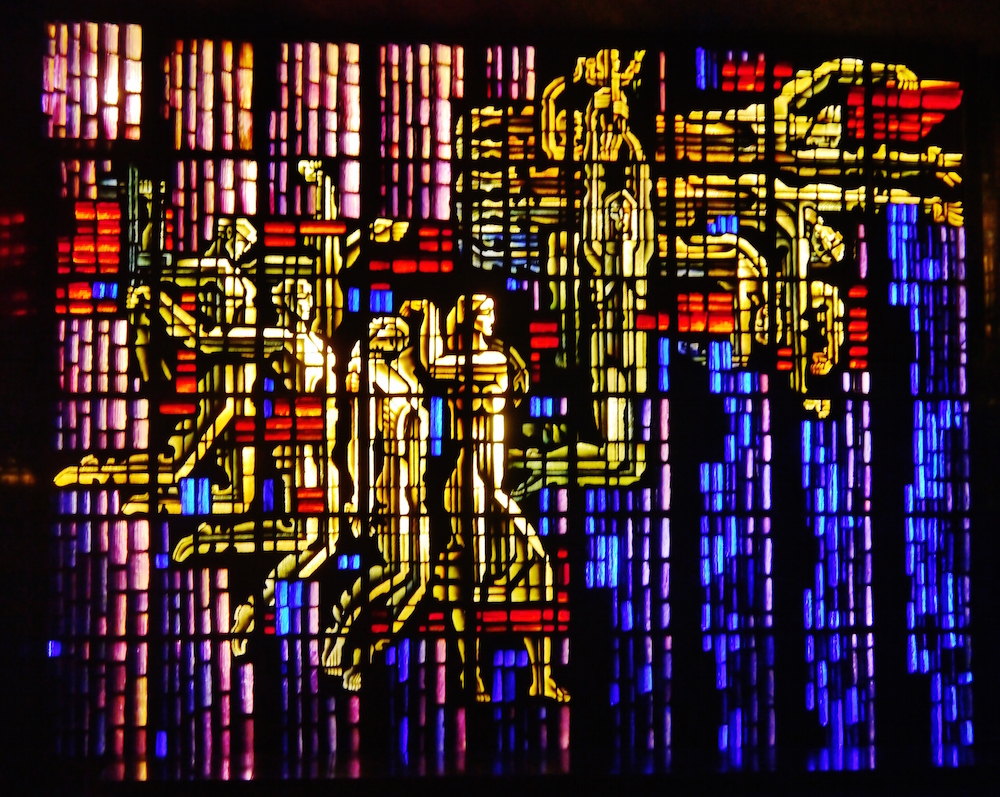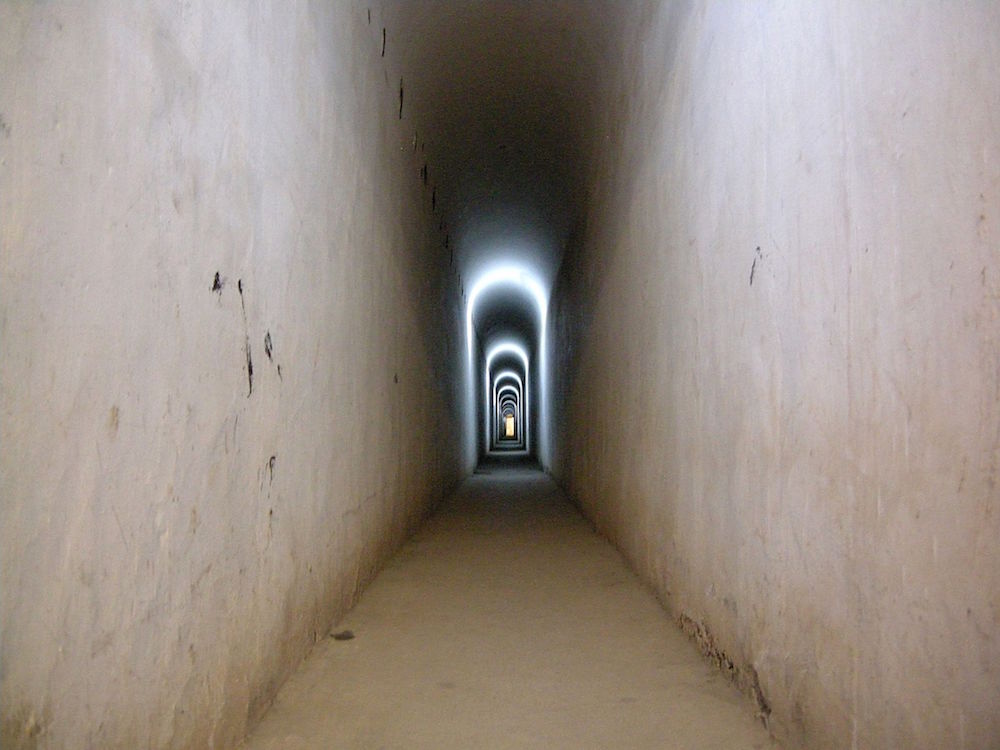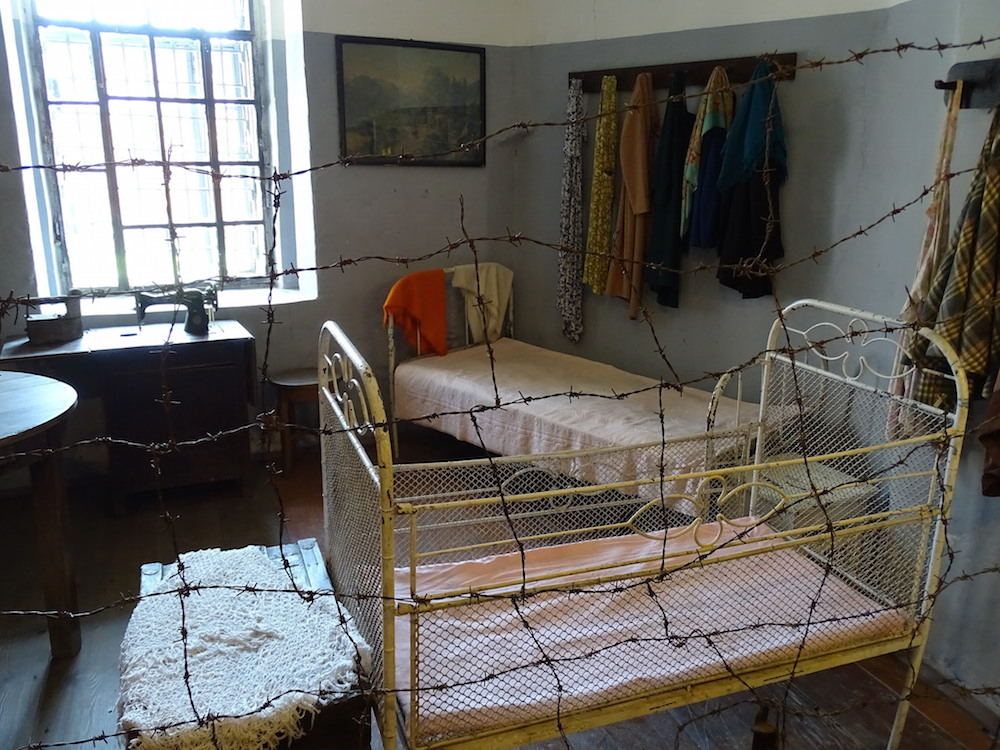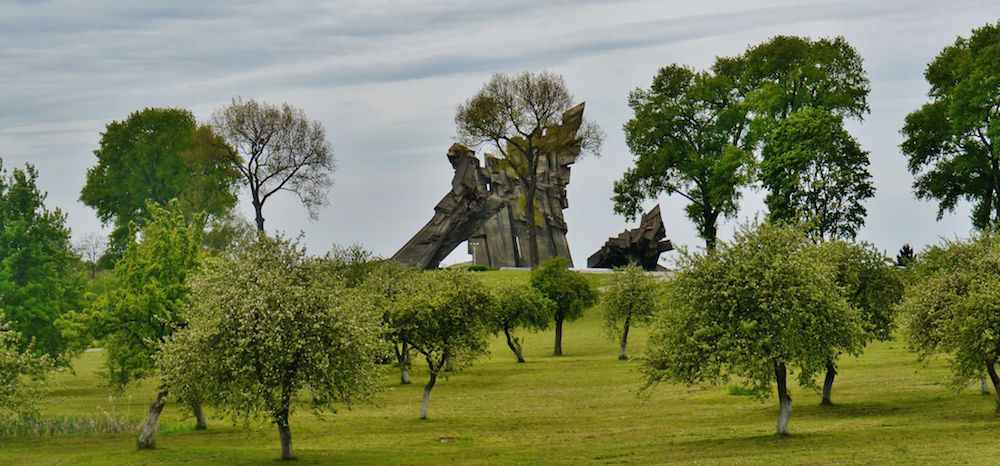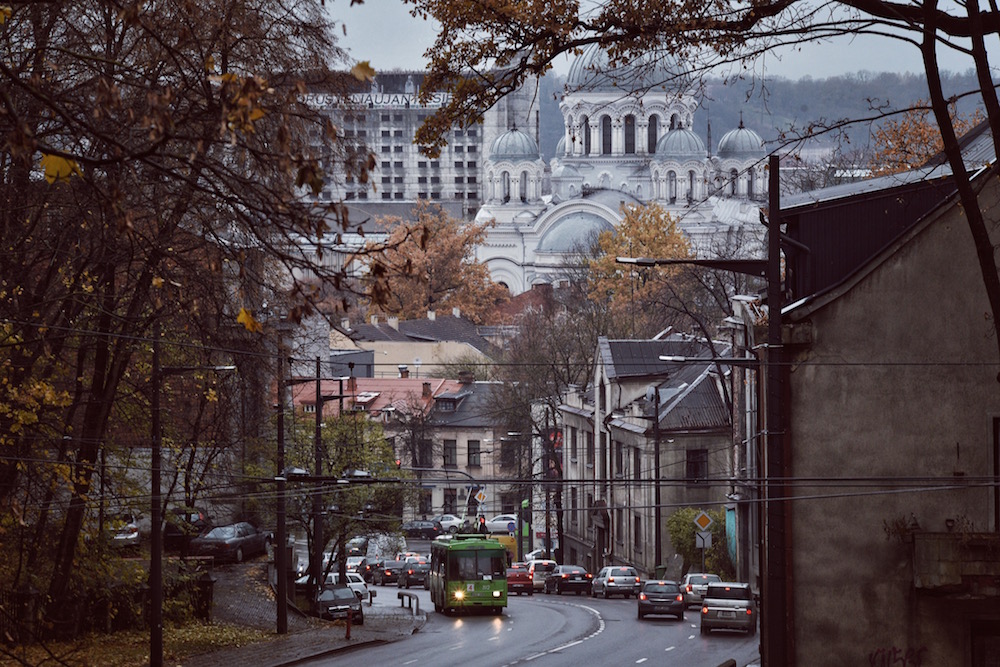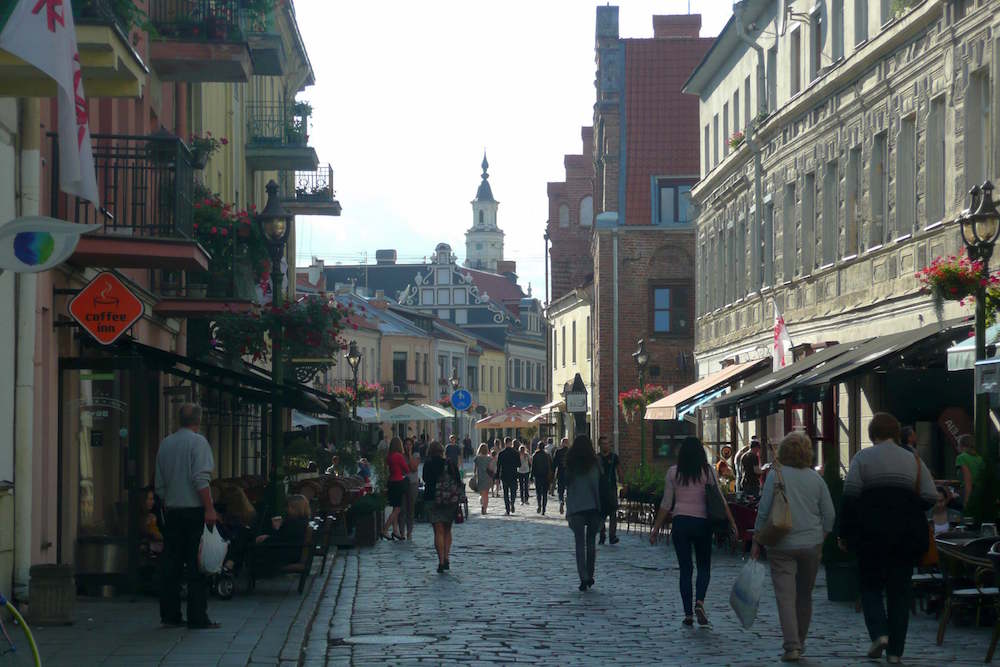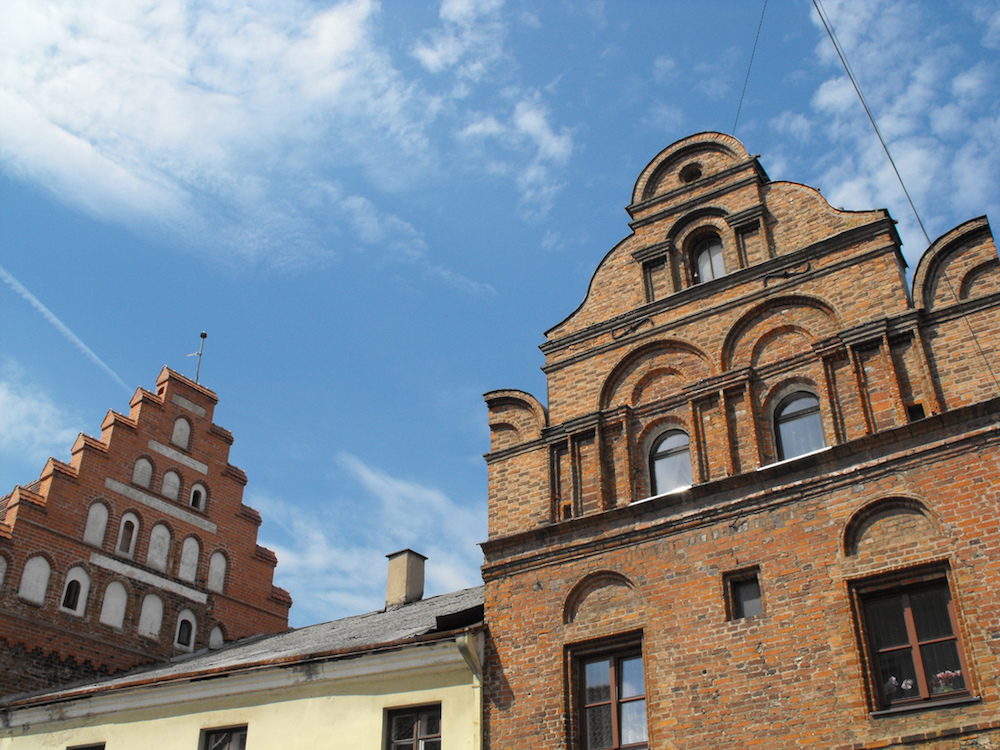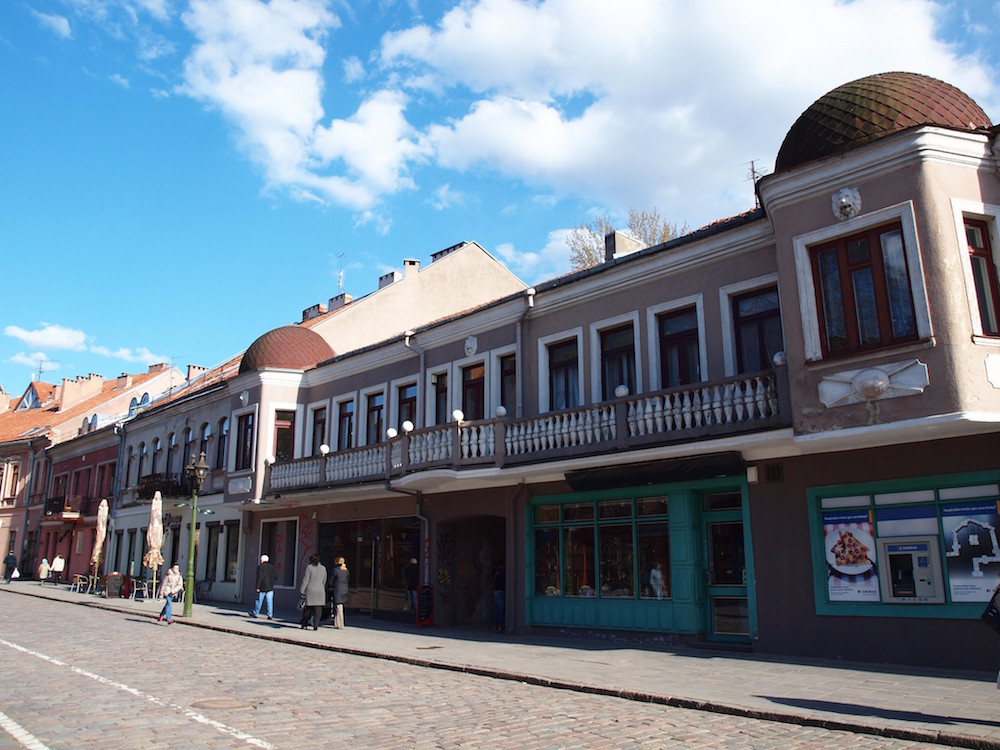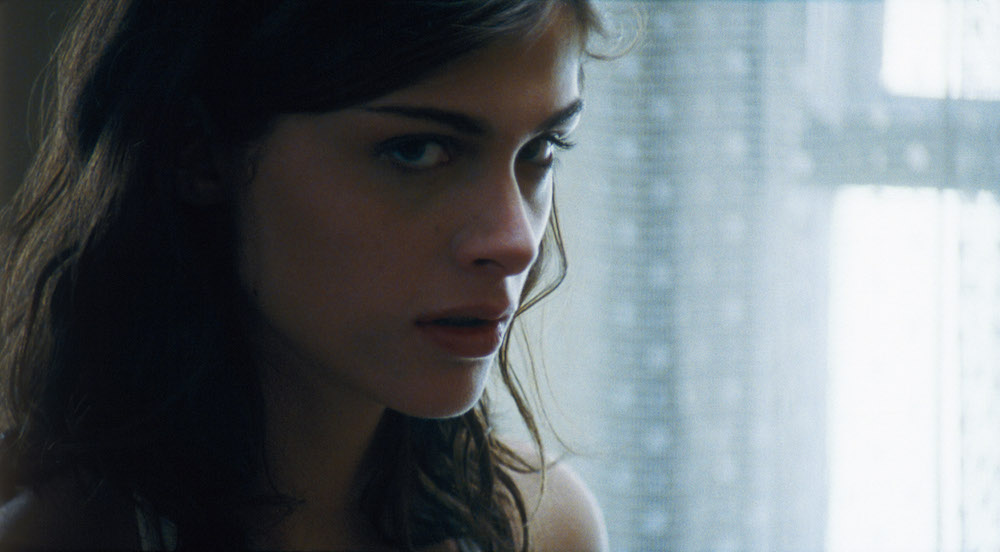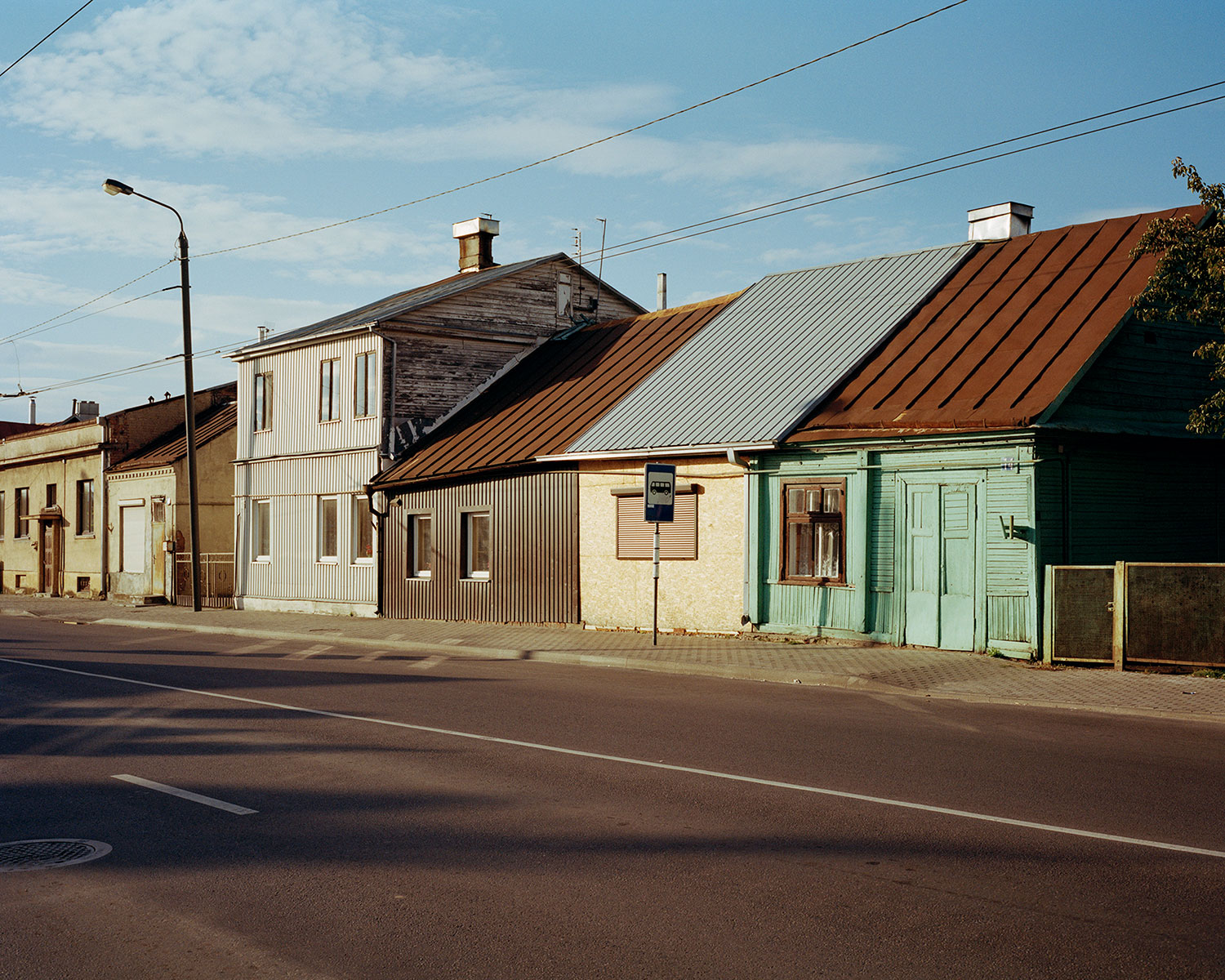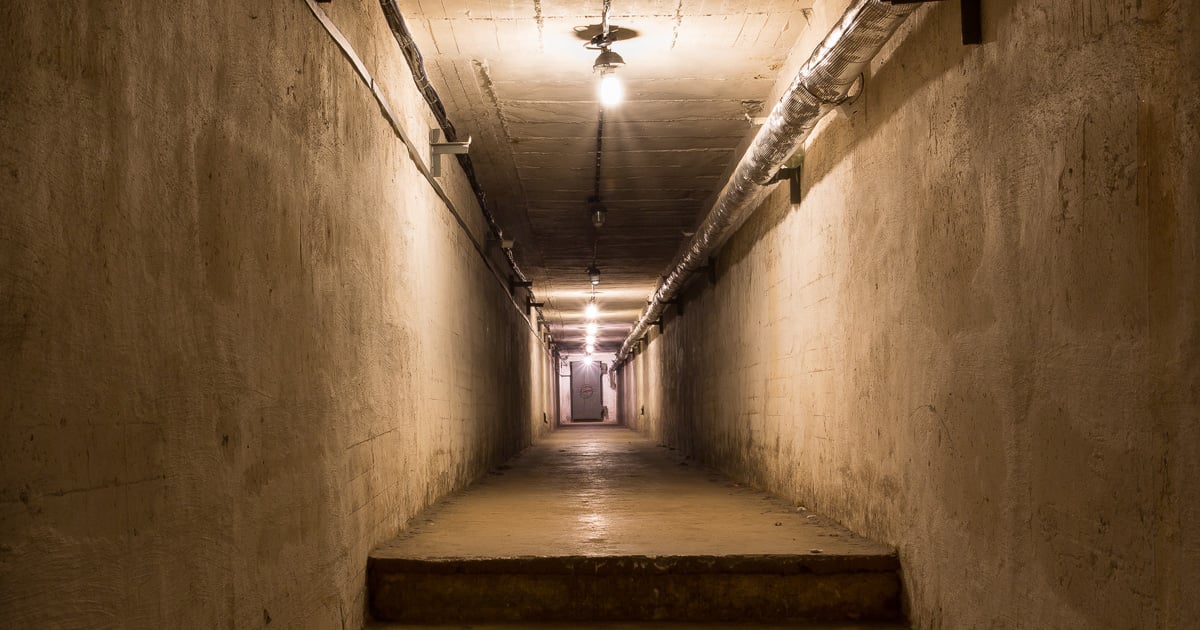Letter from Kaunas: Lithuania’s interwar capital steps into the 21st century
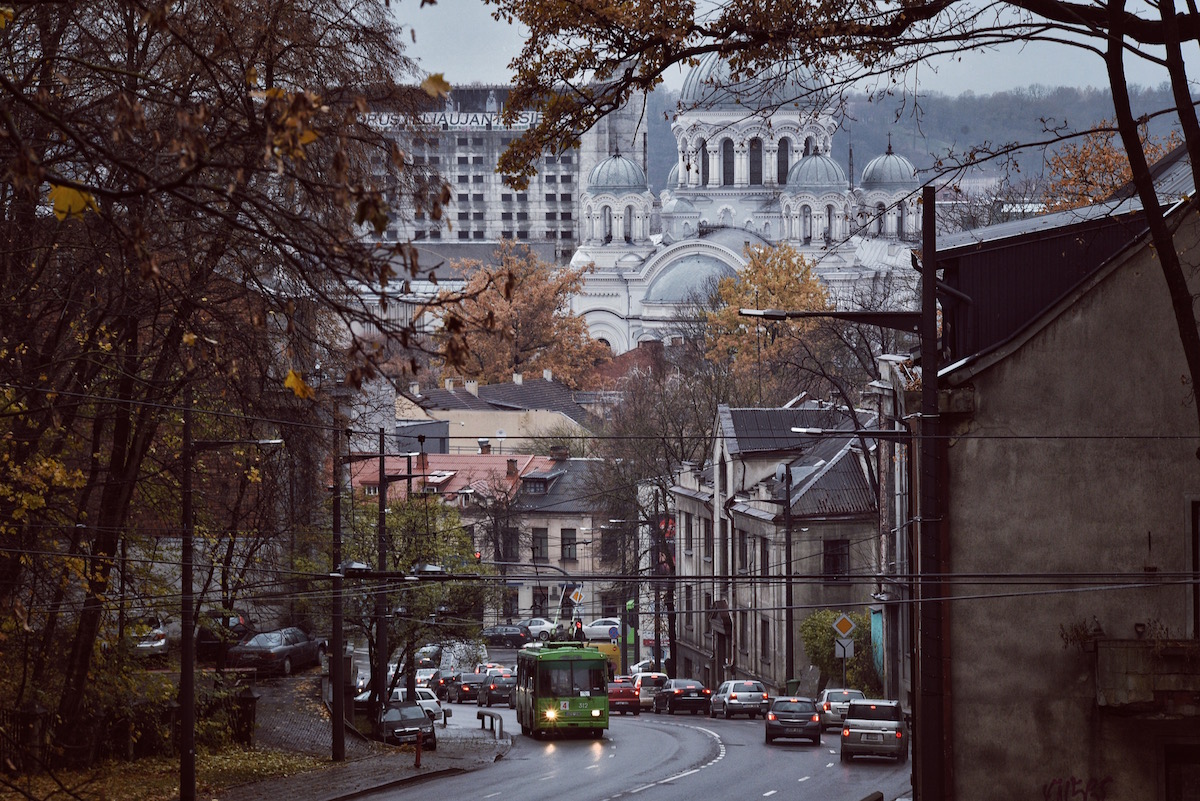
It's been called the most Lithuanian city in Lithuania. The real history of Kaunas is a lot more complicated, argues Owen Hatherley - and a lot more interesting
“Multiculturalism is European genocide”, read the torn, partly ripped-off sticker on the mirror of the bathroom in the Romuva Cinema in Kaunas. This is standard far-right rhetoric across the continent now, but seeing it in Kaunas felt especially strange.
When I visited the place this winter, its historic architecture was very obviously that of a deeply multicultural city. Outside an old town of one-storey houses and baroque churches, you can find a large, late 19th-century synagogue. In the dead centre, streets radiate from the bulbous domes of the sprawling, Byzantine Orthodox church of St Michael the Archangel (long since reconsecrated to Catholicism, but you’d only know that from walking inside). Most surprisingly of all, there’s a mosque, built in 1930, its art deco design one part Hollywood and one part Samarkand, pretty and diminutive, but prominent; it was built for the Lipka Tatars who have lived in Lithuania for centuries. All this conflicts with Kaunas’s reputation, garnered from its status as de facto capital of the Lithuanian Republic of 1918-1940, as the most “truly” Lithuanian city in the country. If it isn’t multicultural anymore, then this is because of a genocide that took place here between 1941 and 1944. The sticker is baffling as much as offensive, but then the modern city built here during the interwar years – just granted a UNESCO World Heritage Site “tentative listing” – is pervaded by paradoxes.
Kaunas became Temporary Capital of Lithuania in 1920, when Poland annexed Vilnius. According to heritage researcher and journalist Agnė Sadauskaitė, Kaunas, a small garrison town near the Prussian border, “lacked almost everything that other European capitals had – infrastructure, accommodation, representational buildings and inhabitants.” Development was especially intensive after a brief period of democracy was extinguished by nationalist leader Antanas Smetona’s coup in 1926. One of his first acts was to execute the leadership of Lithuania’s small Communist Party. By the 1930s – when most of the major buildings of the temporary capital were built – Lithuania was a one-party state, adopting the slogan “Lithuania for Lithuanians” (this at a time when Jews made up over a quarter of the population of Kaunas, according to the 1937 census).
The “Kaunas Republic” was milder than regimes to its east and west (not a high bar after 1933), and was not a fascist country as such – more than one coup attempt from the far-right was thwarted, and it was hostile to Nazi Germany – but its political character was problematic and is seldom considered when the architecture and ambition of the interwar capital are discussed.
Kaunas’s architecture is dominated by the sort of architecture the Nazis regarded as “Jewish” – flat roofs, smooth surfaces, economy and modernity. It doesn’t look like the architecture of a parochial rural dictatorship. Partly this is because the state encouraged foreign study for Lithuanian architects. Aspects of both the classicised modernism of modern Rome (Smetona was an admirer of Mussolini) and Weimar German flamboyance can be found in the temporary capital. Buildings that look from a distance like those of Weimar Berlin, like the Central Post Office, with its swooping corners and plate glass, have subtle ornamental reliefs and decorative interiors derived from Lithuanian folk art.
The combination of modern motifs and a traditional street plan makes Kaunas a pleasure to walk around, every corner full of delights for fans of steamboat balconies and streamlined curves
More noticeably, the town planning is totally traditional, a dense grid. Much of the construction is brick with render, not concrete and steel. The combination of modern motifs and a traditional street plan makes Kaunas a pleasure to walk around, every corner full of delights for fans of steamboat balconies and streamlined curves; aside from the church, the major buildings are the expressionistic rotunda of the Ciurlionis Art Museum and the stripped classical Vytautas the Great War Museum, with its Mussolini-moderne campanile. The centrepiece of all this rises above the city, on a hill where a villa district was once planned: Christ’s Resurrection Church, designed by Karolis Reisonas after a competition intended, in Sadauskaitė’s words, to express “nationalism, patriotism and establish a symbol of the free nation” – Lithuania having also been “resurrected” as a state in 1918. Building a giant Catholic church might not have been an especially modern gesture, but architecturally, it is Kaunas’s most striking monument, its light rectangular tower dominating the skyline. It was only recently finished as a church; it was left uncompleted when Lithuania was occupied by the USSR in 1940, and then turned into a radio factory.
Kaunas ceased to be even a temporary capital when the Molotov-Ribbentrop pact saw the Soviets move into the Baltics. As a sweetener, Vilnius was taken from Poland and given to the newly Sovietised Lithuania, which was soon after annexed to the USSR following a spurious election. Mass deportations to Siberia ensued. Kaunas once again became a provincial town.
This process was accelerated by the massacre of the city’s Jews, something that made it “truly” Lithuanian in a way even the Smetona government never imagined. Soon after the start of Operation Barbarossa, Lithuanian nationalists and the German Einsatzgruppen organised the Kaunas pogrom, the most violent in history up to that point, and then ghettoised the survivors. Most were killed at the Ninth Fort on the city’s outskirts.
In terms of the look of the city, the Soviet re-occupation in 1944 led first to a straightforwardly “colonial” era of Socialist Realist architecture usually designed by Russian architects. But after 1956, Lithuanian architects came into their own, and the city became first an area of modernist experimentation, and then a pioneer of the peculiar genre of Soviet postmodernism. On foot, you’ll find that Kaunas’s pretty old town is suddenly severed by a dual carriageway leading out of the city. The carriageway itself leads to two emblematic Soviet projects – the monumental concrete memorial at the Ninth Fort, and the forest of towers of the Šilainiai mass-housing district. They look out at each other at either side of a multi-level motorway, the former flat and square, the latter exploding outwards in wild angles.
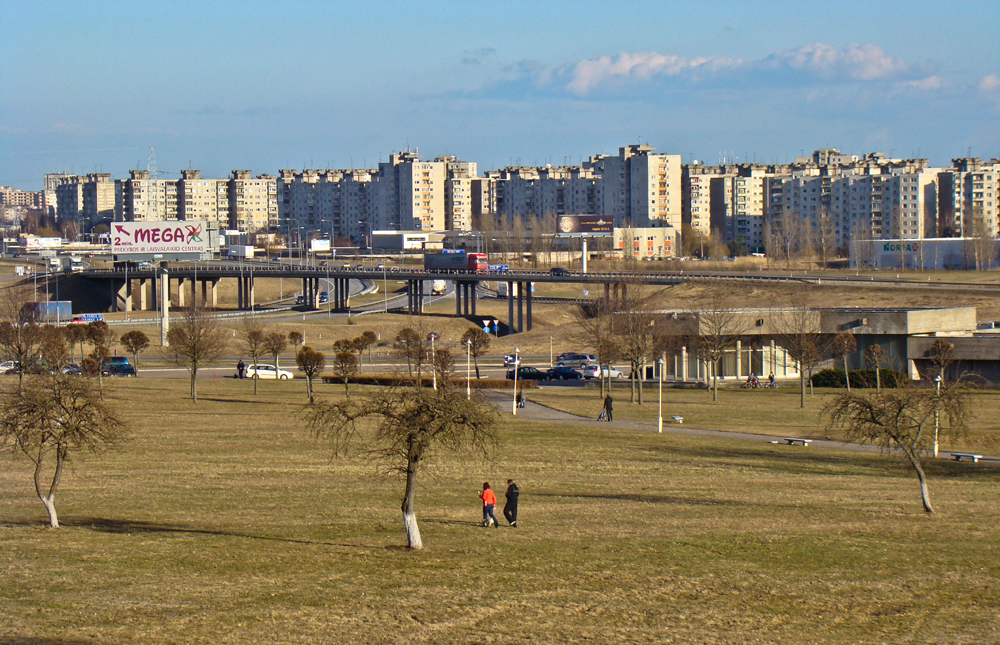
Architect Matas Šiupšinskas grew up in Šilainiai in the 1980s. “Most people around here were young families, young professionals who got an apartment from their workplace,” he says. “There were a lot of factory workers, but also some artists, academics.” The story of the district’s construction is one of decline. The first sections to be constructed were “green, with lots of nature, views from the hill towards the city and the river bank,” in Šiupšinskas’s words: inspired, as with much Baltic Soviet architecture, by the example of Finland. At first Šilainiai was “built more or less as planned”, but in subsequent sections corners were cut. The buildings lack the styrofoam and render renovation you’d find in Poland or the Czech Republic, but are more imaginative than the norm in Russia or Ukraine, with fortress-like details in their concrete panels. Pixelated digital numerals and names were painted on the blocks in the 1980s, a futuristic gesture preserved by neglect.
The complex resembles Soviet memorial spaces such as Kiev’s roughly contemporary Museum of the Great Patriotic War, but with all the heroism stripped out
Opposite Šilainiai is the Fort. The low but extensive buildings where the massacres of Kaunas’s Jews took place were turned into a museum showcasing fascist atrocity as early as the ‘60s, but the current memorial complex dates from 1984. Šiupšinskas points to the lack of any Soviet symbolism, something suggestive of the confidence of the architects and the sculptor Alfonsas Ambraziunas, who employed “as universal a language as possible” and avoided overt propaganda. The main memorial is a pure image of agony, stretched bodies in extremis etched into shuttered concrete. The museum itself anticipates later “Deconstructivist” memorial architecture – such as Peter Eisenman’s Memorial to the Murdered Jews of Europe in Berlin – in its savagely distorted angular forms, shoved rudely into the Fort’s grounds, but is more subtle than today’s gestural memorial museums. The complex resembles Soviet memorial spaces such as Kiev’s roughly contemporary Museum of the Great Patriotic War, but with all the heroism stripped out, no chiselled Red Army men rushing to the rescue.
Late Soviet architecture in Kaunas, though, speaks much less to 20th-century complexities, and more to attempts to find solace in the past at a point when Lithuania was moving inexorably towards post-Soviet independence. Unlike other old towns in the region, Kaunas’s medieval streets, baroque churches and Hanseatic Gothic warehouses were largely unaffected by the war, and safeguarded by reconstruction and regeneration plans in the decades afterwards. Much 1980s infill in the old town is gently postmodernist, with steep roofs and gables recalling Gothic and baroque, but without ornament. Critic and architect Martynas Mankus notes: “we had [Soviet] postmodernist architecture without postmodernist discourse. The style of postmodern historicism in the 1980s seemed to be a perfect language for Kaunas.” Warning me he may be being a little speculative, Mankus suggests that “historical sensitivity was considered to be a form of resistance.”
Agne Sadauskaite hopes that when UNESCO permanently list the temporary capital, as they’re expected to, Kaunas will become a stop on the emerging map of modernist tourism, along with cities like Berlin, Le Havre and Tel Aviv. This globalised image of modernity might be seductive, but it can easily give the sense that everything that happened to Kaunas outside of an interwar “golden age” was illegitimate or uninteresting. More productive would be to use interwar Kaunas as an example of how national identity has to be “built”, or as a reminder of how shaky the identification of modernism with social progress can be. In the 1930s, Kaunas architects took a small medieval town and built a modernist capital around it, and the results are attractive, intriguing and worthy of preservation and care. Enthusiasts of Soviet architecture in Lithuania already know how to separate their aesthetic and political tastes. If it’s possible to celebrate the Soviet period’s structures without lapsing into nostalgia for the post-war period, then there’s no reason why the temporary capital’s interwar architecture can’t also be extricated from the dubious political project of “Lithuania for Lithuanians”.
